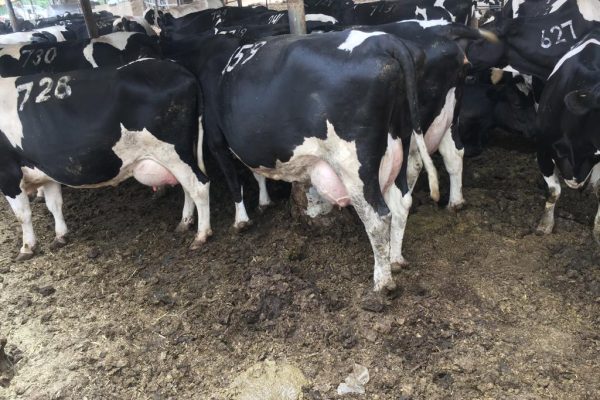
Dairy Farming in Kenya
Dairy farming in Kenya has emerged as a lucrative venture, offering sustainable income and numerous opportunities for growth. The favorable climate, abundant natural resources, and a growing demand for dairy products make Kenya an ideal location for prospective dairy farmers. This article aims to provide a comprehensive guide for individuals aspiring to own and run a successful and profitable dairy farm in Kenya. Why Kenya for Dairy Farming: Kenya’s geographical and climatic conditions make it conducive for dairy farming. The country experiences consistent temperatures and receives sufficient rainfall, providing ample grazing land for dairy cattle. Additionally, the availability of diverse forage varieties allows for year-round feeding, ensuring continuous milk production. Kenya’s growing population and urbanization have contributed to an increasing demand for dairy products, creating a ready market for dairy farmers. Getting Started: 1. Research and Education: Before diving into dairy farming, conduct thorough research and seek education on best practices. Familiarize yourself with various breeds, feeding regimens, and disease control measures. Attend workshops and training sessions offered by agricultural institutions to enhance your knowledge.2. Selecting the Right Breeds: Choose dairy cattle breeds that are well-suited to Kenyan conditions. Friesian and Ayrshire breeds are popular choices known for their high milk production. Consider factors such as adaptability to local conditions, disease resistance, and reproductive capabilities. Infrastructure and Facilities:3. Quality Housing: Construct comfortable and well-ventilated housing for your dairy cattle. Adequate shelter protects them from adverse weather conditions and ensures optimal health and productivity. 4. Fodder and Grazing Land: Invest in quality grazing land and cultivate fodder crops. A well-managed pasture or forage system guarantees a steady and nutritious food supply for your dairy herd. Feeding and Nutrition:5. Balanced Diet: Formulate a balanced diet that includes a mix of forages, concentrates, and supplements. Consult with a nutritionist to ensure your dairy cattle receive the necessary nutrients for optimal milk production. Health and Disease Management: 6. Routine Veterinary Care: Establish a relationship with a qualified veterinarian for regular health check-ups and vaccinations. Timely disease prevention measures are essential for maintaining a healthy herd. Record Keeping and Financial Management: 7. Accurate Record Keeping: Maintain detailed records of your dairy farm operations, including breeding, calving, and milk production. Accurate records aid in monitoring performance and making informed management decisions. 8. Financial Planning: Develop a comprehensive financial plan that includes budgeting for operational expenses, healthcare, and infrastructure maintenance. Financial discipline is crucial for the long-term sustainability of your dairy farm. Marketing and Sales: 9. Establishing Market Connections: Build strong relationships with local milk processors, cooperatives, and retailers. Having reliable market connections ensures a consistent outlet for your dairy products. 10. Diversification: Explore opportunities for value addition, such as producing dairy products like cheese, yogurt, or butter. Diversifying your product range can enhance profitability and meet diverse consumer demands Conclusion: Embarking on a dairy farming venture in Kenya holds significant promise for those willing to invest time and effort. The favorable agricultural conditions, coupled with a rising demand for dairy products, create a conducive environment for success. By implementing the outlined guide, aspiring dairy farmers can navigate the complexities of the industry, establish a thriving dairy farm, and contribute to the flourishing dairy sector in Kenya.
